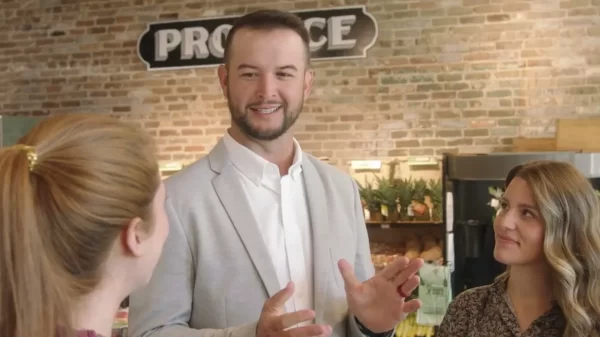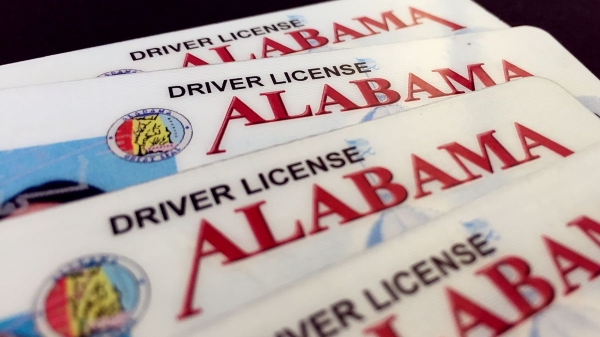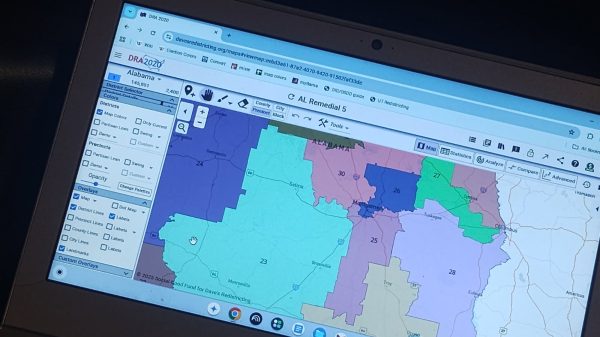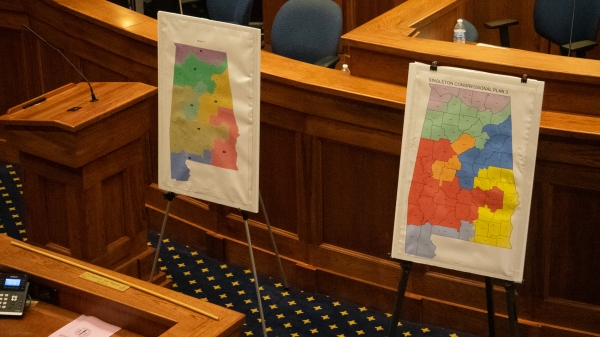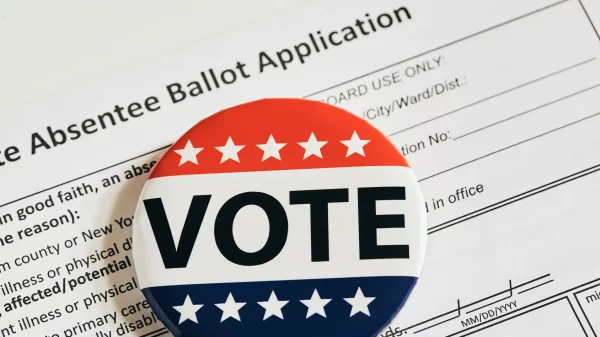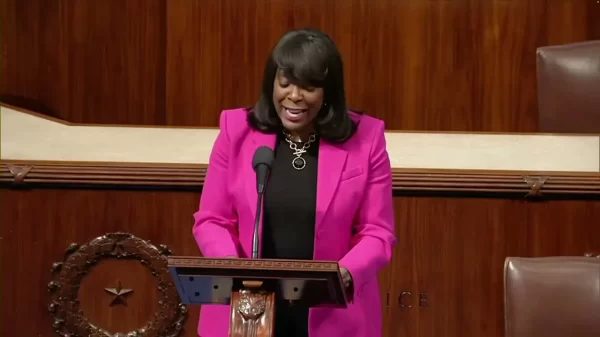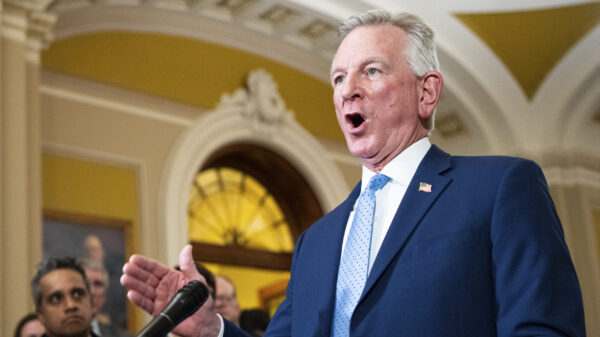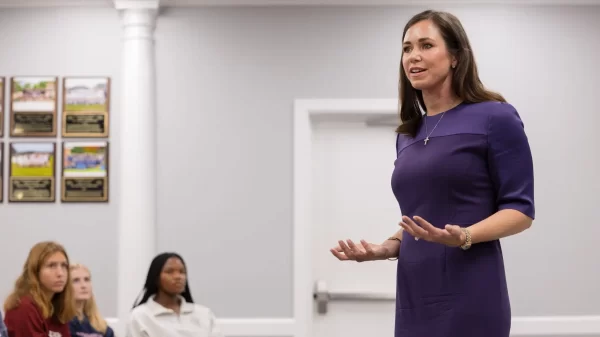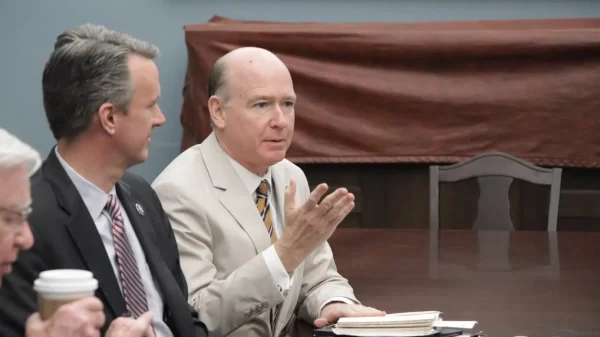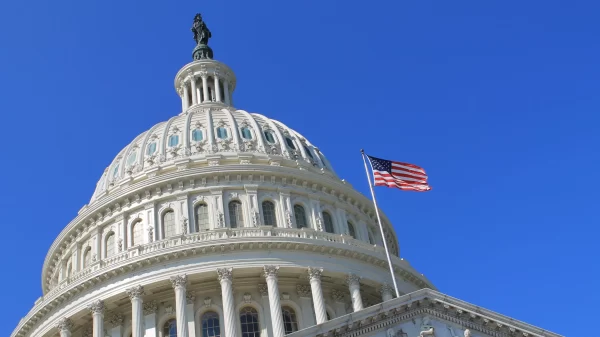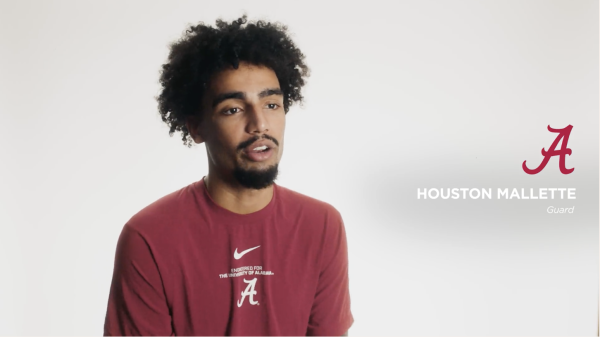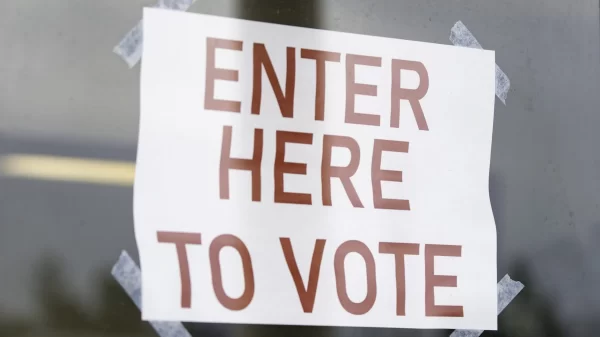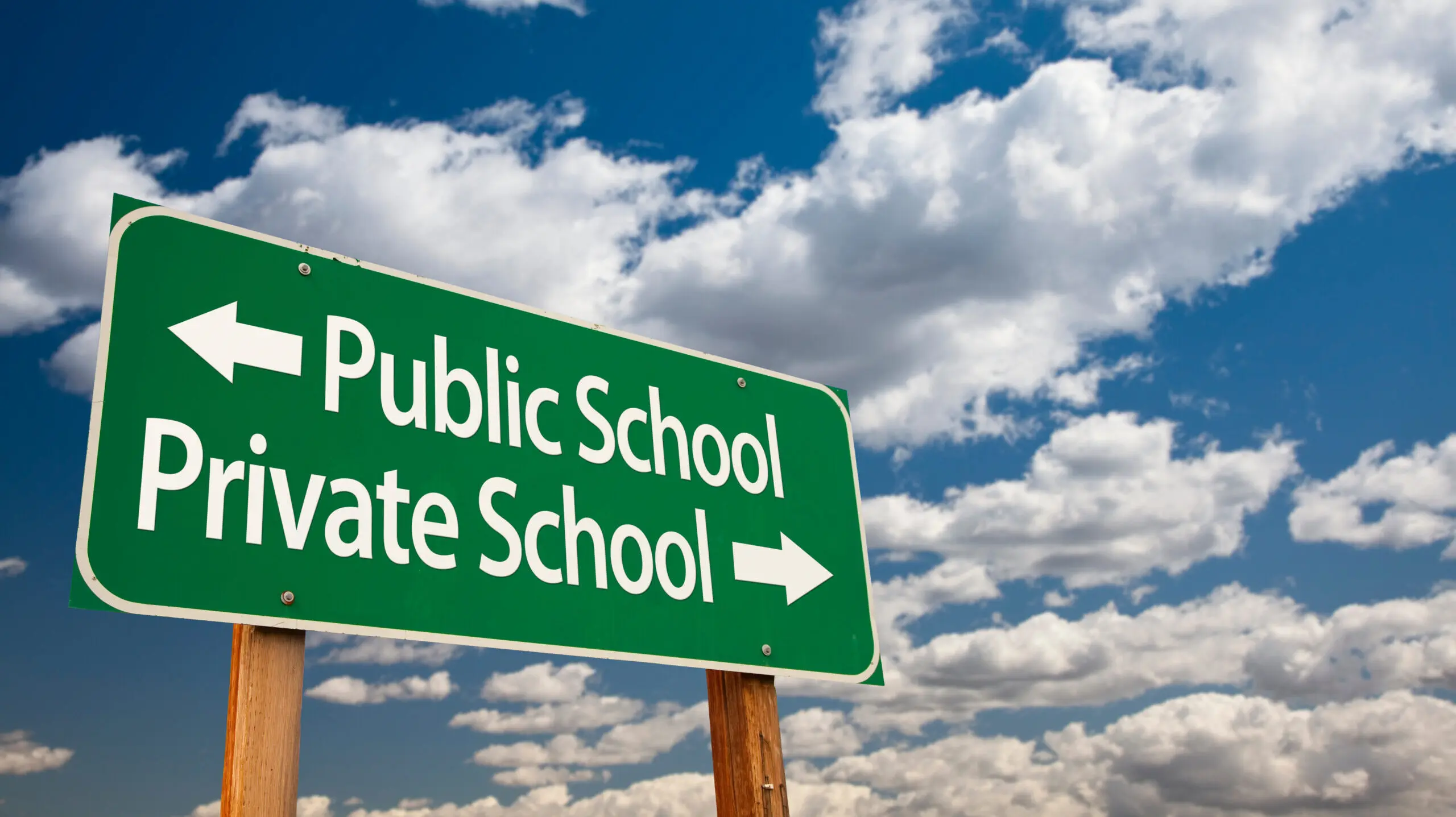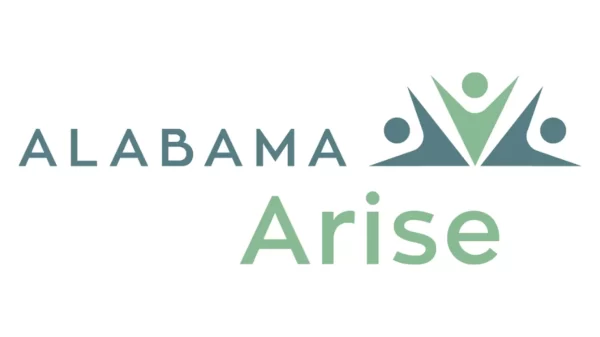Earlier this year, the Alabama state legislature passed and Governor Ivey signed the CHOOSE Act, which will roll out $7,000 per year of funding for students attending accredited private schools over the next couple years.
Families with kids not enrolled in participating schools, like homeschoolers, will be able to receive $2,000 per year per kid, up to a $4,000 per year cap.
For the first couple years, the program will be limited to families making less than 300 percent of the federal poverty line, but any Alabama families will be able to apply for funding for the 2027-2028 school year and beyond.
In Ivey’s speech announcing the signing of the CHOOSE Act, she said the program would be “effective and sustainable for generations to come.” Some new studies from Arizona, though, seem to throw its sustainability into question.
According to a recent ProPublica report, the expansion of Arizona’s school choice program is partially responsible for the state’s ongoing budget crisis.
The nonpartisan and self-described centrist Grand Canyon Institute estimated that making the Empowerment Savings Account program universal cost Arizona $332 million in the 2023-2024 fiscal year. During the same timeframe, the state suffered a $650 million budget shortfall.
The Grand Canyon Institute also found “a huge number of universal participants never attended a public school.” Even when vouchers cost less than traditional public education, if families who never used public school receive vouchers, it’s still a net cost for the state.
As ProPublica reporter Eli Hager writes, arguing for families who have already been paying for private school to receive vouchers is like saying “the public should help pay for car drivers’ gas because if they didn’t drive, they might use public transportation instead.”
Carol Gundlach, a senior policy analyst with Alabama Arise, told APR she has been concerned about how much the CHOOSE Act might end up costing Alabama.
Currently, the program will only be funded for $100 million a year but the text of the bill states it is the “intent of the Legislature to increase appropriations” if recommended by the Commissioner of Revenue.
“We have no idea what it’s going to cost in the first year,” Gundlach explained. “But we know it’s going to be money that’s coming out of the Education Trust Fund, money that could go to our public schools.”
“For a lot of towns, and I live in a very rural area, identity as a community revolves around our public schools, revolves around those football games, and the proms, and the graduations,” Gundlach continued.
When the CHOOSE Act was passed, the Alabama Policy Institute celebrated that families could now pick the best schools “regardless of zip code or income.”
Gundlach told APR, though, that Alabama Arise’s policy analysts have found most private schools in Alabama are located in urban areas like Birmingham and Mobile.
“I live in Macon County, it’s not going to benefit here,” Gundlach said. “It’s not going to benefit the Black Belt.”
And according to other studies of Arizona’s programs, the benefits of school choice programs for low-income families may also be significantly overestimated. One analysis of Arizona’s universal ESA program by the Brookings Institute concluded that “as poverty rates increase … the share of children receiving ESA funding decreases.”
Gundlach also explained to APR that using tax revenue to fund the CHOOSE Act instead of public schools may make it harder to help low-income students, including through free breakfast programs.
Schools have already had to cut back on afterschool programs as pandemic-era programs expire. Expanding the CHOOSE Act by moving funding away from public schools would likely only exacerbate this ongoing budget crunch.
Plus, while CHOOSE Act funding would cost the state less per student than Alabama’s current funding for public K-12 programs, not all education expenses scale linearly with the number of students.
“A school is a physical facility,” Gundlach said. “You’ve got to have a building. You’ve got to have maintenance. You’ve got to have air conditioning and heating.” Schools may be able to hire fewer teachers when they have fewer students enrolled fairly easily, but it takes a lot longer and can cost a lot more to downsize the buildings they use.
But, as the bill’s sponsors pointed out when the CHOOSE Act was still moving through the legislature, all increases to the program’s funding still have to be approved by the legislature. If increasing funding would seriously undermine public schools, legislators could always decide to keep it at the presently approved $100 million a year.
And while Arizona’s programs and Alabama’s are similar, they’re not the same. Policymakers and educators just won’t know how much of an impact the CHOOSE Act will have on Alabama’s schools, public and private, until they see how many families apply for the 2025-2026 school year.


